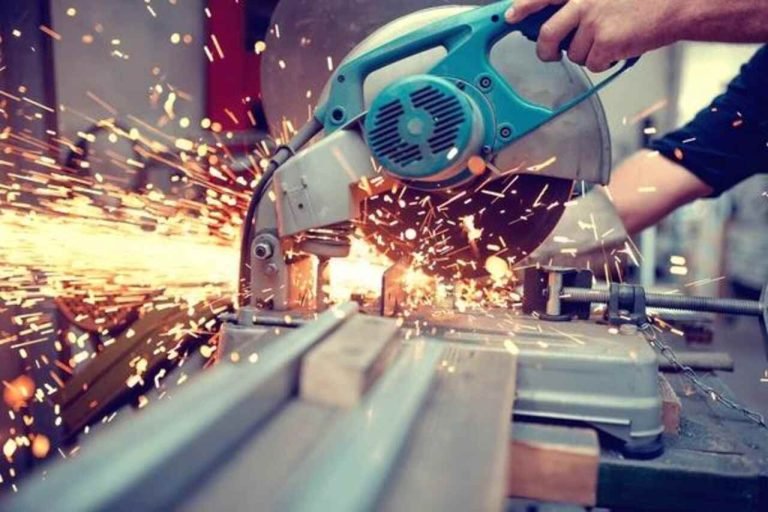Cutting blades are common tools in construction and many other industries, but they also pose a lot of danger. An injury with a cutting blade can be very bad, often causing serious injuries, long-term disabilities, or even death.
A lot of accidents happen when people use tools like circular saws, table saws, and grinders, especially when safety rules aren’t followed.
These accidents have huge effects on not only the person who is hurt but also their families and their ability to make a living. If you get hurt in a construction accident, you need to hire an experienced construction accident attorney who knows how complicated these cases can be and can help you through the legal process.
The following are the devastating effects of a cutting-blade accident:
Severe Physical Injuries
Cutting blade accidents can do a lot of damage to people’s bodies and often result in injuries that change their lives. Deep cuts, severed tendons, and amputations of fingers or hands are the most common accidents.
If the tool slips or doesn’t work right, it could cause terrible problems like nerve damage and complex regional pain syndrome (CRPS). In the worst situations, the cutting blade’s force can go through bones, leaving the person permanently disabled.
Some victims may need major surgeries and long periods of recovery, which means they can’t go back to work in their old jobs.
Long-Term Disability and Rehabilitation
After a cutting blade accident, many people are disabled for a long time or for good. Even with the most advanced medical care, victims may never fully recover the use of the limb that was affected.
For example, someone who loses several fingers in an accident with a table saw might find it hard to do easy things like write, eat, or get dressed. These accidents can be hard on the mind and body, and they need ongoing medical care and rehabilitation.
Cutting blade injuries usually take a long time to heal from because they require multiple surgeries, physical training, and emotional support. Victims may have long-term pain, weak muscles, and trouble moving around, all of which can make it hard for them to work or do the usual things.
For many, this means making big changes to their lives, like relying on assistive devices or looking for new jobs that can work with their new physical limits.
Emotional and Psychological Trauma
Aside from the physical injuries, cutting blade accidents often cause a lot of emotional and psychological trauma. People who are hurt in these sudden and violent incidents may develop post-traumatic stress disorder (PTSD), anxiety, or sadness.
It can be very scary to use the same tools again, which makes it hard for workers to go back to their jobs, especially in industrial or building settings. The victim’s family may also feel the effects on their mental health.
Loved ones may experience emotional distress from witnessing the pain and suffering of their family member. At times, changes in the victim’s mood, abilities, and general view of life can make relationships tense.
This trauma is an important effect of cutting blade accidents that is often ignored. To recover from such, people need professional counseling and therapy.
Loss of Life
If something goes wrong with a cutting blade, it could be deadly. High-powered saws and grinders can hurt people so badly that even the best medical care can’t fix them. Deep cuts in important arteries or serious injuries to the head and neck can cause the body to lose blood quickly, which can kill the person.
Fatalities from such accidents leave families grieving and struggling with the emotional and financial aftermath of losing a loved one unexpectedly. When a family member dies due to a cutting blade accident, it has far-reaching consequences.
In addition to the mental pain, families often have trouble paying their bills, especially if the victim is the main breadwinner. When people suddenly lose their jobs and have to pay for a funeral, it can be very hard on those left behind.

